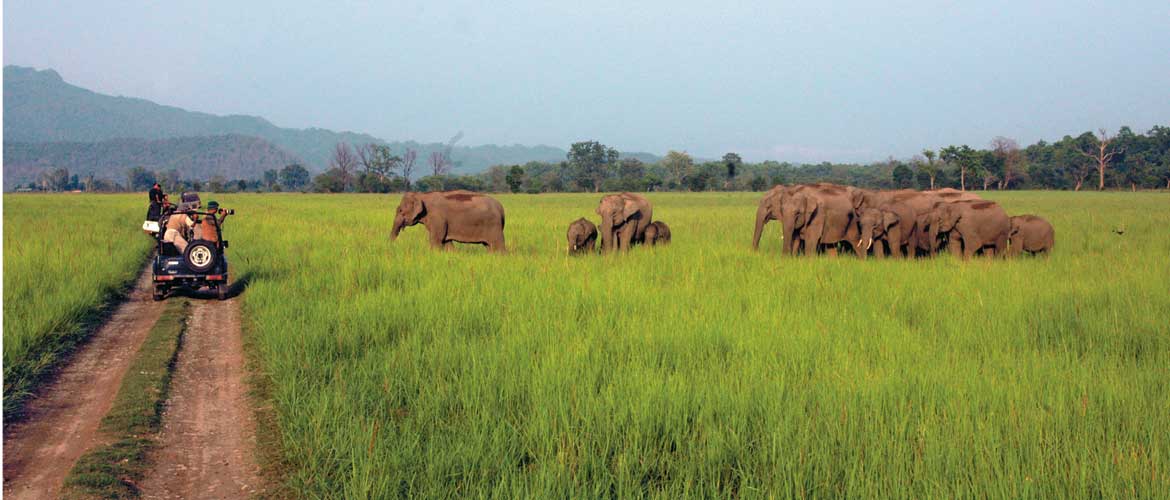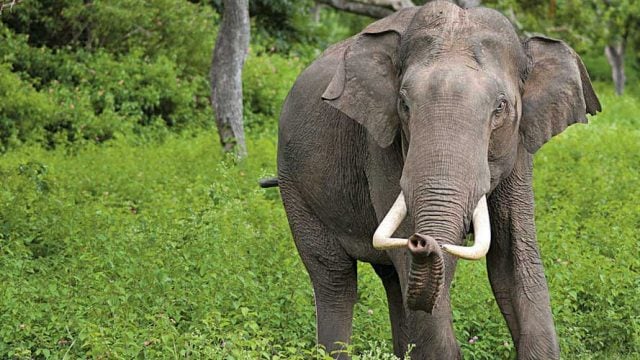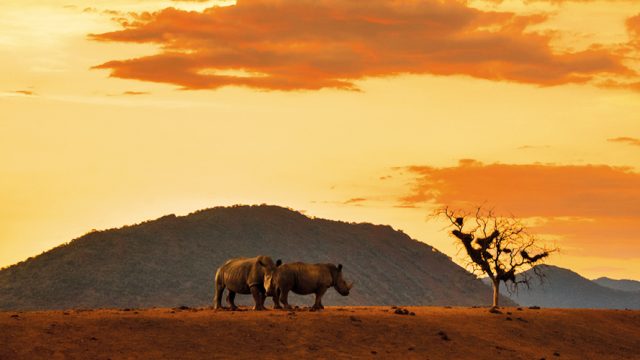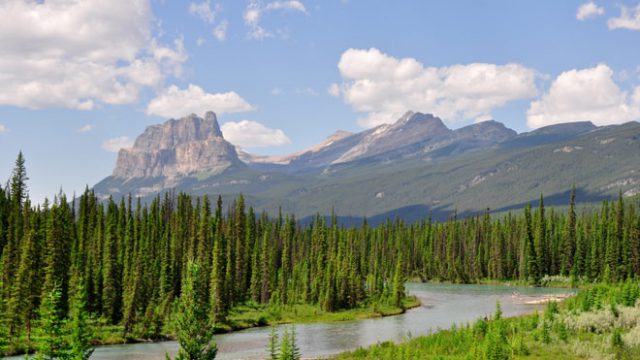Wildlife, flora, fauna and serene beauty – for a nature lover, there can be nothing better than
Though in today’s day and age of check-ins and social media fanfare, it becomes almost imperative to get THE shot you’ve come for – the big game or unique animal. However, it’s also very important to follow certain rules and conduct one’s self properly for safety purposes – yours and the animals.
Each National Park has its own set of rules, though many are common. You can check them out on the respective websites before your trip. Unfortunately many visitors ignore these without understanding their importance. Wildlife photographer and conservationist Joanna Van Gruisen, who runs the Sarai at Toria near Khajuraho with conservation biologist and husband Dr Raghu Chundawat, recalled one particularly bad incident of misconduct.
“It was during Raghu’s research work in Panna National Park. We were on an elephant going into the forest to locate one of the study tigers when a jeep-load of foreign tourists got out and tried to follow us. Their guide was remonstrating and we also requested them not to follow, explaining that it was dangerous both for them and the tiger. They refused to listen to us or their guide. The guide told us that they’d been troubling him like this all morning. So they were driven to the Range office. Their passports were taken for recording details and mention was made of lodging a complaint with their Embassy. Only then did their arrogance lessen and they began to take the situation seriously,” Van Gruisen recalled.
This may be a one-off situation but many infringements occur all the time. And as some wildlife lovers point out, sometimes it is the officials and drivers themselves who break the rules. If a tiger has been sighted, there’s a rush to reach the spot with no heed given to the speed limits. Another common broken rule is when excitement raises the decibels.
The rules are important to ensure the sanctity of the Protected Areas – for the safety of animals and visitors. Rules range from no littering to not entering the zones after sunset. One needs to have respect for the area the animals inhabit because after all, it’s their habitat. And one must remember that silence is golden.
Joanna Van Gruisen suggests the following do’s and don’ts at a National Park which one should keep in mind:
DONT’S:
- Approach an animal too closely – respect their privacy (around 20 m away)
- Drive fast, nor off the designated road/trail
- Make sudden movements
- Leave any litter in the park even if a basket is provided there. Take out the trash with you
- Enter the park if under the influence of alcohol
- Take babies, small children or pets
- Play music or make noises to get a reaction from an animal
- Use cell phones in the parks
DOS:
- Leave a spot if a large crowd is gathering and you have been there awhile
- Keep quiet. If you must speak, do so softly.
- Learn about park rules and abide by them e.g. Don’t get out of the vehicle except at designated places, don’t smoke
- Interact with local guides ; they can enhance your jungle experience.
- Listen to the noises of the jungle – give all your senses a treat.
- Do look beyond the mega fauna – some of the smallest creatures can be the most fascinating.
- Carry binoculars and cameras
guidelines
tips
wildlife





